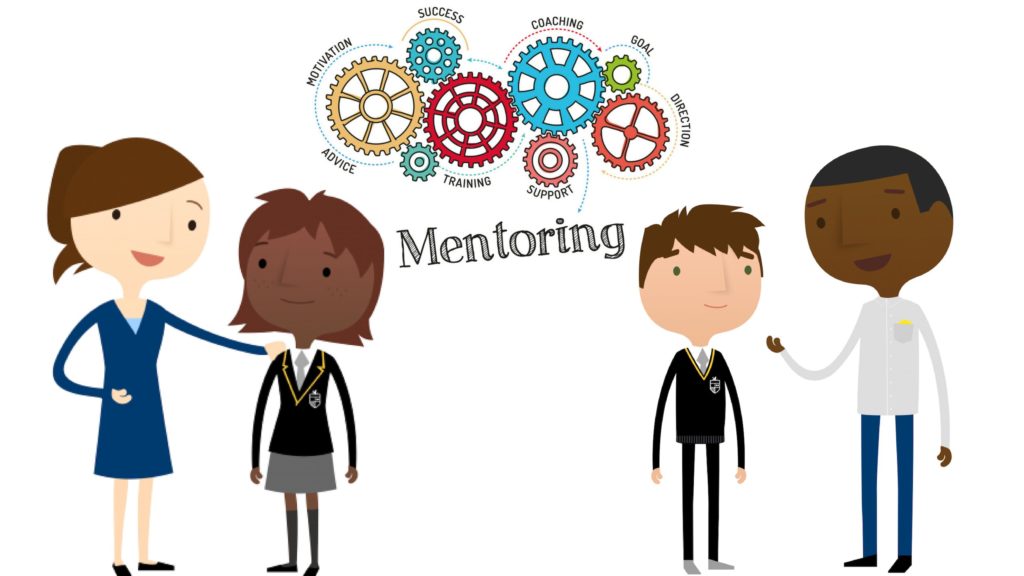How to structure your mentoring sessions

Whether conducting a 20-minute or 40-minute mentoring session, working to an agreed structure allows you to monitor progress and bring value to the time that both mentor and mentee put into the mentoring relationship.
Having a mentor is like having a handrail to help guide and support us whilst we move from one location to another. Taking the steps by ourselves can often be hindered by procrastination, self-doubt, dis-empowering beliefs, poor decision making, a limited network or lack of knowledge.
Even in the most ideal world, we should never walk the path of transition by ourselves. With the help of the right person, our progress is accelerated because of the support and guidance, make us feel and see our own personal value, worth, possibilities and solutions.

By establishing a trusting and high-value mentoring relationship, time must be invested by both mentor and mentee. It may take several sessions to build trust and develop an understanding of how both mentor and mentee work best together.
Having a structure to your mentoring sessions can help build the much-needed momentum within your mentoring session. It becomes the consistent and stable feature that can become a simple comfort when having those thought-provoking, difficult or challenging conversations.
To ensure sessions offer this added value, you may like to use the following agenda for a typical 40-minute school-based mentoring session.
1. Reconnect – 3 minutes
2. Outline the objective and focus of the day’s session – 2 minutes
3. Review of previous session actions and the insights gained/ lessons learnt – 5 minutes
4. Discuss the session objective/focus (perfect time to use mentoring tools) – 25 minutes
5. Wrap up with coping/progression strategies and actions to be completed by both mentor and mentee by the following session – 5 minutes

During your mentoring session it will help to;
1. Work to agreed actions that will assist your mentee in removing any barriers to progression.
2. Reflect on key learning and insights from the current and previous sessions.
3. Reflect on innate solutions, critically assess the responsibilities and consequences of actions.
4. Check on the value of the mentoring relationship, what is working and what could be improved.
5. Explore the benefits of mentees network and the consequences of any change or progression.
While a mentor usually has experience, knowledge and wisdom to share with their mentee, I would warn you to hold back on giving advice.
Your experiences are invaluable, but the person you are and the situations you faced are different from those of the mentee. They, like you, are unique.
Few people like to be told what to do. So, hold off until your mentee asks for your advice and guidance. Instead, use your experience to ask powerful questions that make your mentee think differently and explore new possibilities.

We all learn better when we are given a safe space to think for ourselves. We become more committed to the goals we set and take responsibility for the end result. When we make the decision rather than being told what to do, we are then accountable.
Please note, the first mentoring session typically focuses on introductions, agreeing on goals and what success will look like.
When wrapping up each session, allow the mentee to decide which actions they will take as a result of the reflections and insights made during the session. It is a good idea to document these and refer to them at the start of your next session.
Having a structure for your mentoring session helps you to measure and assess your mentees progression, develop your mentoring practice and ensures your mentee knows they are with a pro.

About our Community Expert

Elaine Thomas
Community Expert
Director of The mentoring Lab, Elaine has over 15 years of experience in teaching, employment, mentoring, supporting learning and career progression.
Elaine is the Opogo community expert working with young people and adults to prevent underachievement in their learning or careers.






Responses